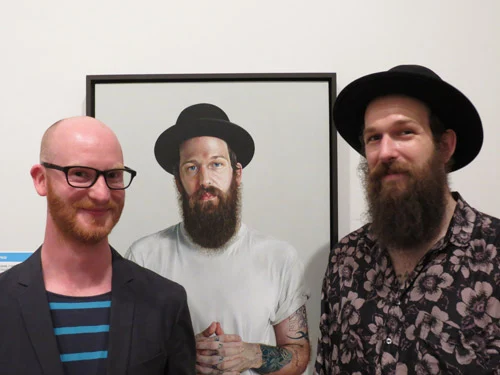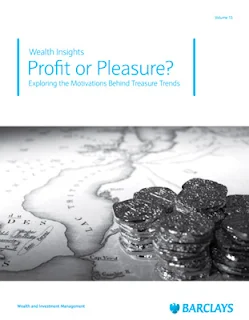It's becoming noticeable that Galleries are getting a lot better at making their images available to the public - and I'm going to be highlighting improvements on this blog.
National Gallery of Art | NGA Images
The first site worth noting is
the NGA Images website which was launched in March this year to provide open access to digital images of all works believed to be in the public domain.
That's
not open access hedged around with all sorts of caveats and exceptions and exclusions - it's genuine open access. It actually recognises that not all those who want to study art are enrolled in a school or on a college course. It's genuinely expanding the resources for those of us who want to learn more online / in our third age etc
Consequently you and I can now search, browse, share, and download free of charge more than 20,000 digital images believed to be in the public domain.
With the launch of NGA Images, the National Gallery of Art implements an open access policy for digital images of works of art that the Gallery believes to be in the public domain. Images of these works are now available free of charge for any use, commercial or non-commercial. Users do not need to contact the Gallery for authorization to use these images. They are available for download at the NGA Images website (images.nga.gov).
I applaud the Gallery's underlying rationale. Its open access policy very much endorses the educational role of the Gallery and the national importance of it making images of its collection and associated information available to scholars, educators, and the general public. I wish this approach were one which were more obvious in the way some other galleries make their images available for use by others.
The Gallery’s open access policy is a natural extension of this mission, and in applying the policy in a global digital environment, the Gallery also expands and enhances its educational and scholarly outreach. The Gallery believes that increased access to high quality images of its works of art fuels knowledge, scholarship, and innovation, inspiring uses that continually transform the way we see and understand the world of art.
Available Images
Over 20,000 images are available. However they're not all on display for you to look at. However you can use the search engine on the website to find images of the type you're looking for.
Search options include:
- Boolean search - to identify an exact set of words or to exclude specific words. Useful when used in conjunction with other searches
- the artist's name or keywords in the title eg here's the results for Claude Monet
- the accession number - useful for academics and those with access to the accession number
- the school of painting - by which they mean the country - here's the results for American - all 749 pages!
- classification allows you to specify a particular type of art eg painting; medium allows you to identify all images relating to a specific media eg pastels
What you find when you start searching is that a lot of images are identified but the actual photograph of the image is not available.
Some of the images are organised in six galleries as follows
One can only assume the intent is to develop further featured image collections over time eg portraits, landscapes, still life etc
How to look at the images Without registration, you can view the images:
- in two different sizes of thumbnails - it's your choice
- with varying numbers of images on the page - 25, 50 and 75 which is most helpful as I find I want more when I'm scanning rather than studying
- with a white, black or light grey background
However if you register and log in you can also see the same images in high resolution mode and download them in varying large sizes. It's much easier to see the techniques used by individual artists when you can see a work up close. Here's
Vermeer's Girl in a Red Hat - cropped so the treatment of the contrejour is more obvious
 |
Girl with the Red Hat (1665/1666) by Vermeer
oil on panel 22.8 x 18 cm (9 x 7 1/16 in.)
Andrew W. Mellon Collection |
What you can do with the images
Basically, you can create a lightbox for viewing and sharing the images or you can download images in various sizes and resolutions
Users may download— free of charge and without seeking authorization from the Gallery— any image of a work in the Gallery’s collection that the Gallery believes is in the public domain and is free of other known restrictions.
If an image of a work is not currently available under open access, it is for one or more of the following reasons:
- the work is still under copyright, or the copyright status is unclear
- privacy or publicity issues exist
- the work is not fully owned by the Gallery
- contractual restrictions specified by the artist or donor preclude open access
- the work has not yet been photographed or the image quality standards of the existing photographs do not conform to Gallery criteria
For many works whose status falls into one of the above categories, the Gallery makes available thumbnail images of the work under the doctrine of fair use, consistent with the guidelines established by the Association of Art Museum Directors.
Charley Parker wrote a good review of this new facility back in March -
NGA Images. He was also very impressed with this new level of access and functionality offered by the NGA.
You can follow the National Gallery of Art in Washington DC


















